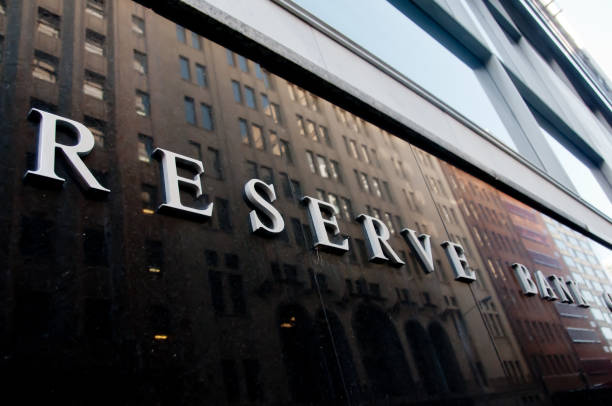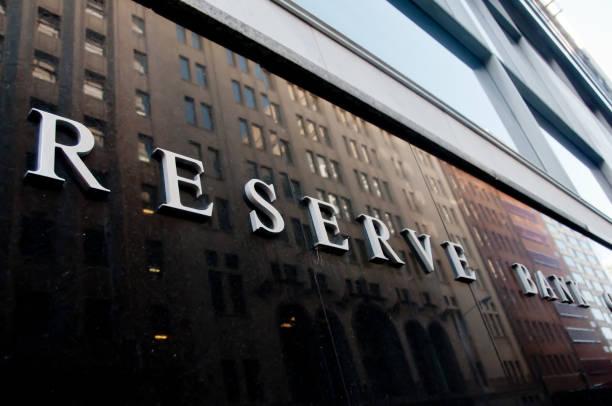
The RBA tilted modestly to the hawkish side by formally ending the yield curve control and adjusting its forward guidance on the first rate hike. Policymakers remained optimistic over the economic outlook and were not very concerned about inflation. Aussie plunged as Governor Philip Lowe indicated that a lift-off in 2022 was “extremely unlikely”. The focus has now turned to the updated economic projections due this Friday.
Economic Developments
The central bank remained optimistic over the economic outlook. It was confident that “setback to the economic expansion in Australia is expected to be only temporary”. Meanwhile, “as vaccination rates increase further and restrictions are eased, the economy is expected to bounce back”. On the flip side, it continued to warn of the “uncertainty about the timing and pace of the bounce-back”, adding that the recovery “is likely to be slower than that earlier in the year”. On the economic projections, the central bank forecast that GDP growth would reach +3% and +5.5% in 2021 and 2022, respectively, before easing to +2.5% in 2023. The job market will remain resilient with the unemployment rate down to 4.25% by end-2022 and 4% by end-2023.
On inflation, the central bank described that the core inflation was “still low”. However, it warned that “a further, but only gradual, pick-up in underlying inflation is expected”. The staff projected that underlying inflation would be about +2.25% in this year and in 2022, before climbing slightly higher to +2.5% in 2023. With inflation hovering about the midpoint of RBA’s target, the prospect of a rate hike does not seem to be imminent.
Monetary Policy
While leaving the cash rate target unchanged at 0.1%, the RBA formally scrapped yield curve control- a policy that targets the 3-yield AGB yields at 0.1%. At the press conference, Governor Philip Lowe stressed that the move was due to “risk management” considerations and did not “reflect a view that the cash rate will be increased before 2024”.
On the forward guidance, the central bank reaffirmed that it would not raise the policy rate until “actual inflation is sustainably within the 2 to 3% target range”. The members projected that it’s “possible” in 2023, earlier than previous estimate that “this condition will not be met before 2024”. As he Lowe suggested, “it is still entirely possible that the cash rate will remain at its current level until 2024. But it is also possible that an earlier move will be appropriate. Given this, the Board judged that there were more costs than benefits in seeking to anchor the yield on the April 2024 bond at 10 bps”. Concerning market expectations of a rate hike next year, Lowe noted that it’s “extremely unlikely” and current market pricing as “a complete over-reaction to the latest inflation data”. While acknowledging that “some other central banks are raising rates”, Lowe suggested Australia’s situation is different due to the longstanding relatively weaker wage dynamics and less exposure to pressures to rising global energy costs.The RBA maintained the QE purchases at AUD4B/week until at least mid February 2022.


 Signal2forex.com - Best Forex robots and signals
Signal2forex.com - Best Forex robots and signals




